Tag: Services
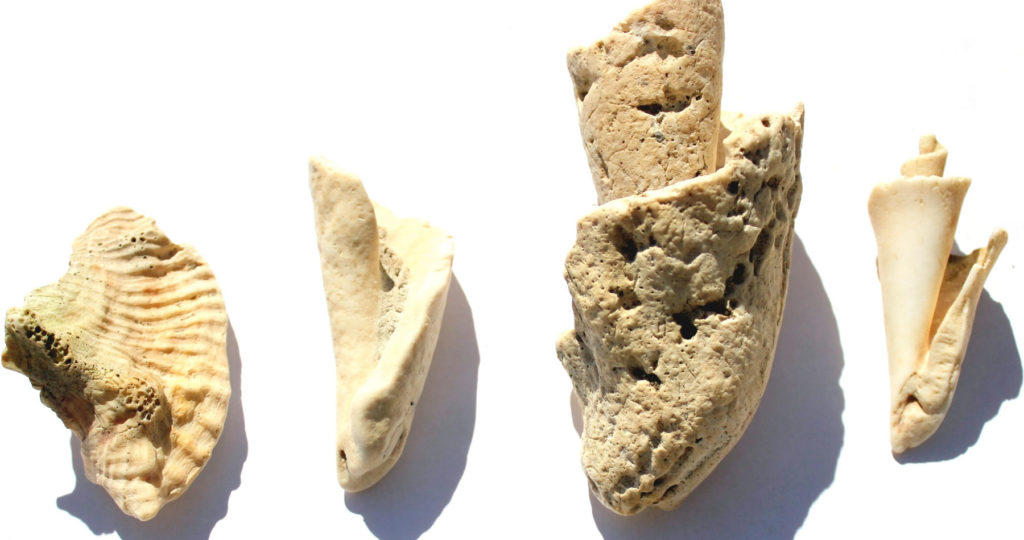
May 29, 2017
Conch Shell
At our Archaeology Roadshow event in Lac La Biche, in fall 2015 Allan and Juanita Gaudreault brought in several conch shell fossils. These shell fossils were heavily worn and most were down to the central spiral. This made them difficult to identify at first. These are very unusual specimens because these type of marine shells
Keep Reading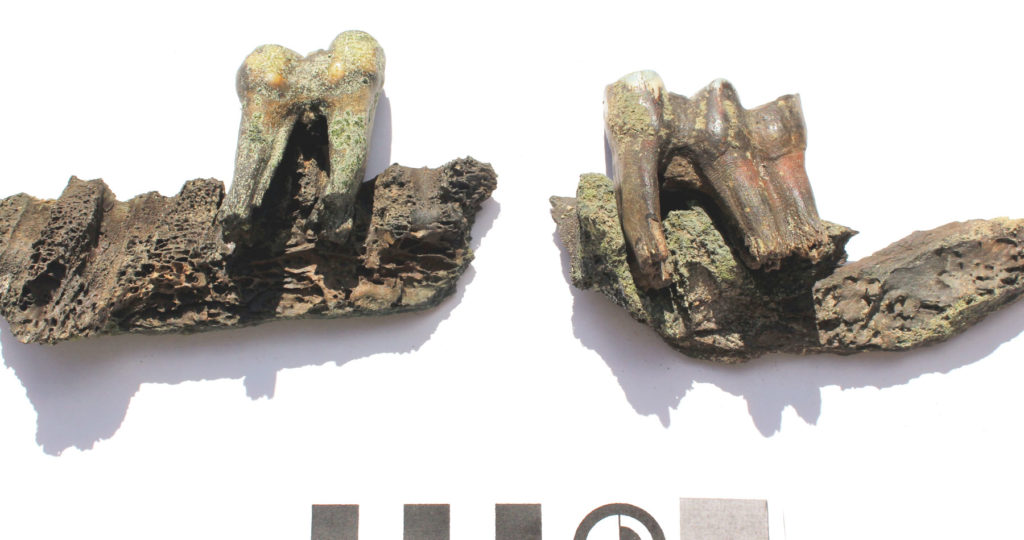
March 30, 2017
Bison Jaw and Horse Tooth
At our Archaeological Roadshow event in Lac La Biche, AB Allan and Juanita Gaudreault brought in a collection of fossils. The fossils were fragments of a darkly stained bison jaw and a set of blueish grey horse teeth. Mr. Gaudreault told us the specimens were found in a low area near a lake. We came up
Keep Reading
February 20, 2017
Finding Archaeological Sites from the sky using high-tech advances in archaeology
In recent months, news feeds have been erupting with stories of “Lost Maya Cities discovered using LiDAR”, “revealing the secrets of Stonehenge using LiDAR”, “LiDAR uncovers ancient city near Angkor Wat”, and the popularity of “space archaeologist” Sarah Parcak, but this technology is not limited to finding the remnants of “lost civilizations” in far reaching
Keep Reading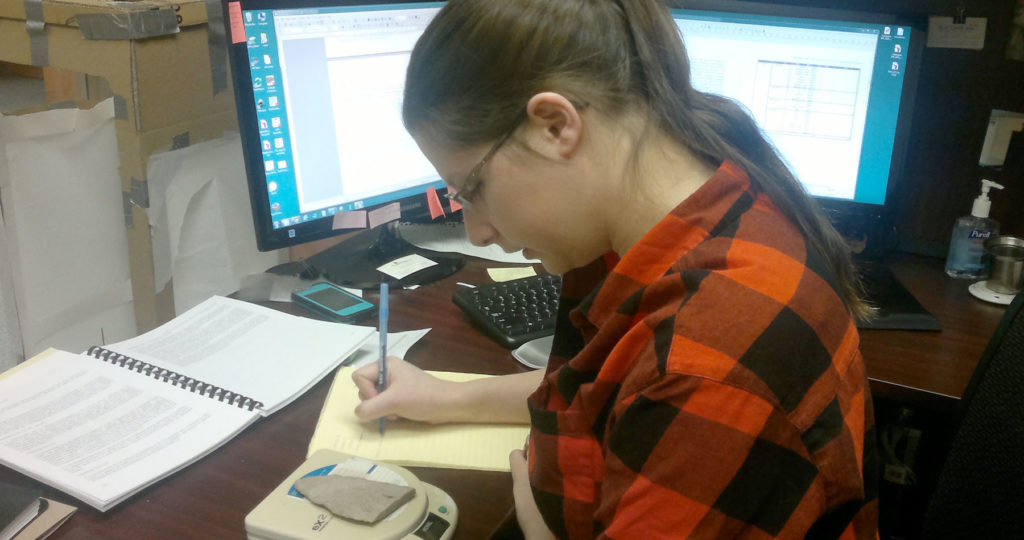
February 6, 2017
Introduction to CRM Part 5: Reporting
Once we have surveyed our targets and evaluated any sites we have found, it is time to return to the office. All of our notes are taken on an ipad in the field. Now all we have to do is export our notes into a database which eliminates the hours spent on data entry. Note
Keep Reading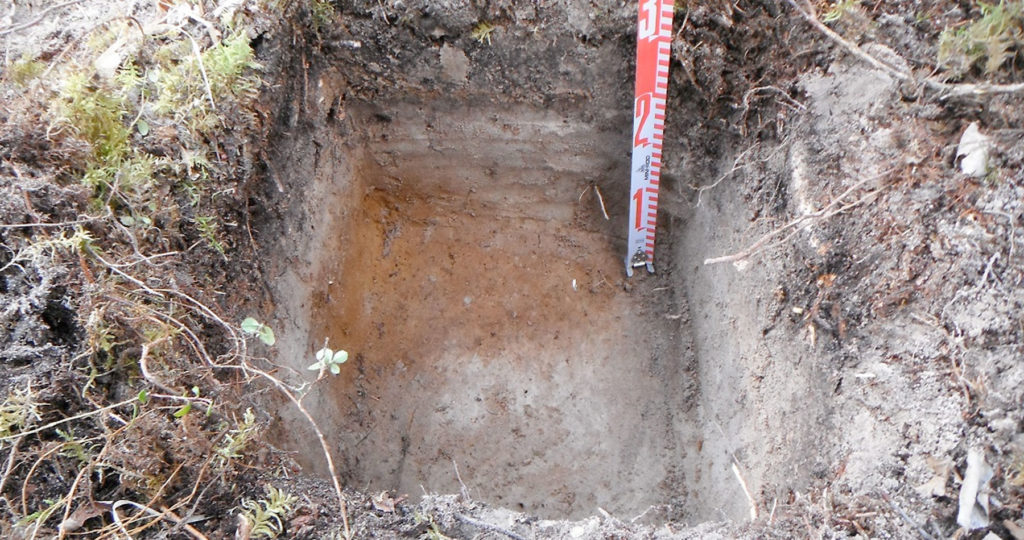
January 30, 2017
Introduction to CRM Part 4: Evaluating a Site
When we identify a site, we conduct further evaluative testing to determine the type, character, and extent of the site. This is done according to government guidelines, and depends on the type of site, and the type of landform. If the landform allows for it, testing occurs in each cardinal direction or in a grid.
Keep Reading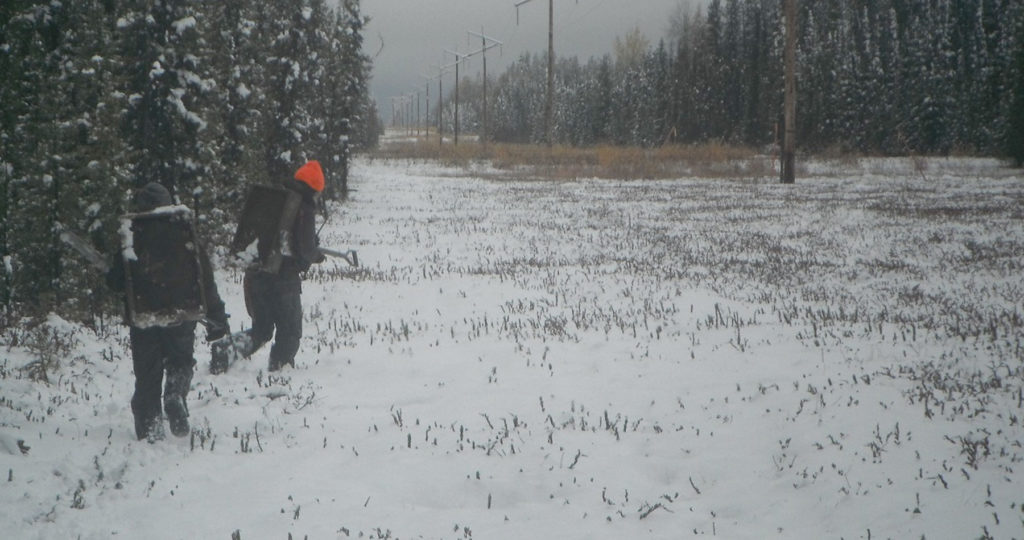
January 23, 2017
Introduction to CRM Part 3: Archaeological Survey
Using information compiled in the office, the next step of an HRIA is to leave the comforts of home behind and to venture into the field. Although there is a perception of archaeologists working at large excavations, often dressed in khakis and maybe wearing a fedora, archaeological survey is the most common type of field
Keep Reading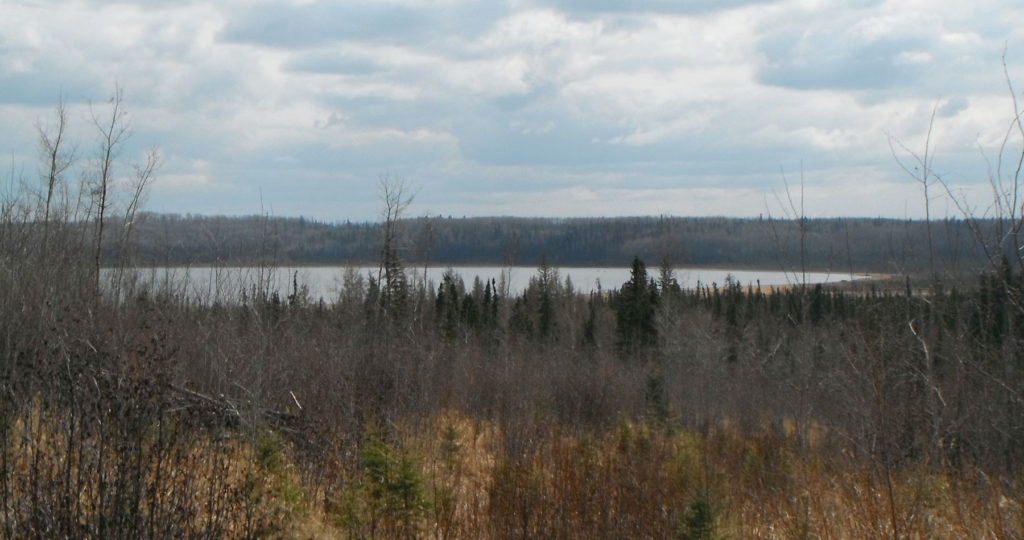
January 16, 2017
Introduction to CRM Part 2: Development Screening and Project Planning
The first step of a historic resources impact assessment (HRIA) happens in the office. Once we have the plan for a development, we need to assess whether the footprint will impact any recorded sites or if it has the potential to impact any unrecorded sites. We use our experience and knowledge of archaeology, GIS data,
Keep Reading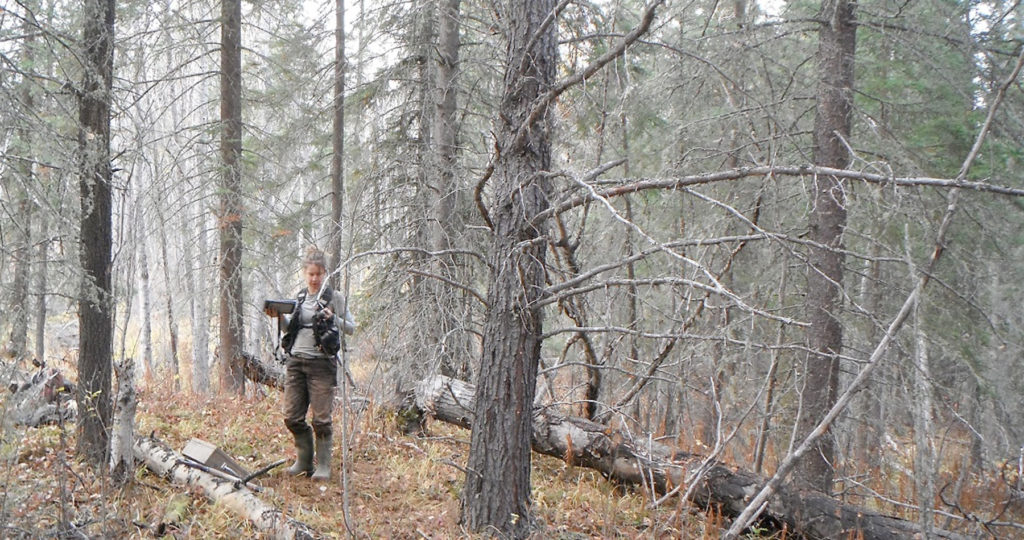
January 9, 2017
Introduction to CRM Part 1: Cultural Resource Management
Cultural Resource Management (CRM) is undertaken in many different countries all over the world and it can go by just as many names, Contract Archaeology, Consulting Archaeology, Compliance Archaeology, and Heritage Resource Management (HRM) to name a few. Whatever CRM is called, the underlying purpose is always the same. These archaeologists engage in the protection,
Keep Reading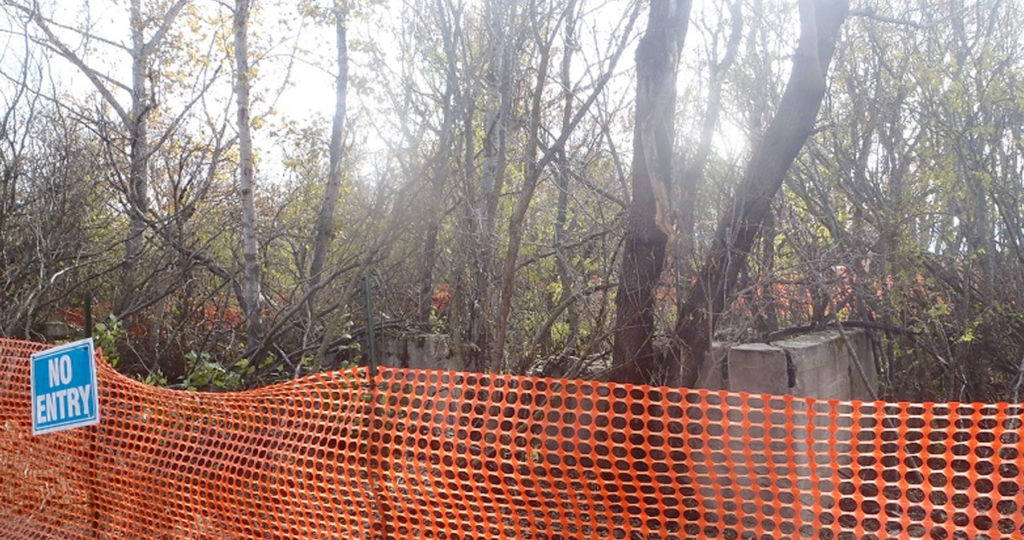
December 5, 2016
Archaeology Risk Management Plans?
In a previous blog post, I wrote about how remediation and archaeological impact assessment pose very similar problems, from a technical perspective. In both cases, there is something in the ground, and we need to figure out where, how much, and what to do about it. My impression is that remediation is well ahead of
Keep Reading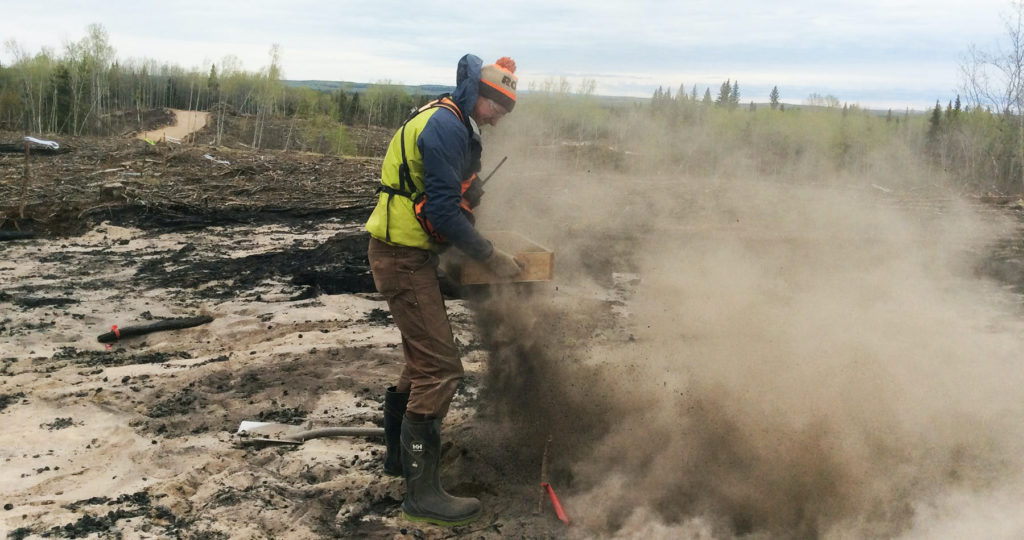
February 19, 2016
How are Historic Resources like Environmental Contaminants?
I attended the Environmental Services Association of Alberta regulatory forum in Edmonton on January 11th, 2016 with Mike Toffan, our Reclamation Coordinator. None of the regulatory updates dealt directly with Historical Resources Act concerns, but our work often occurs in the broader environmental regulation context, so it’s good to have a general understanding of things
Keep Reading